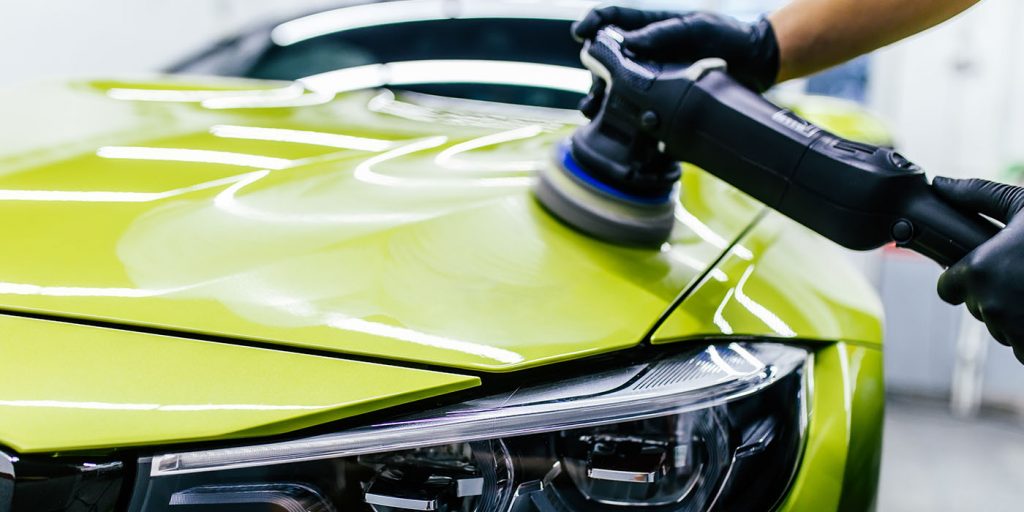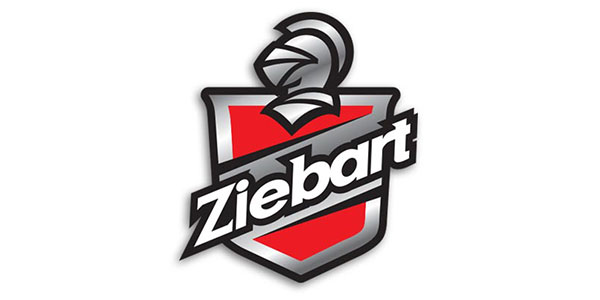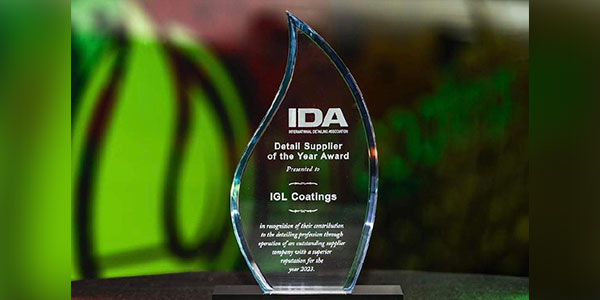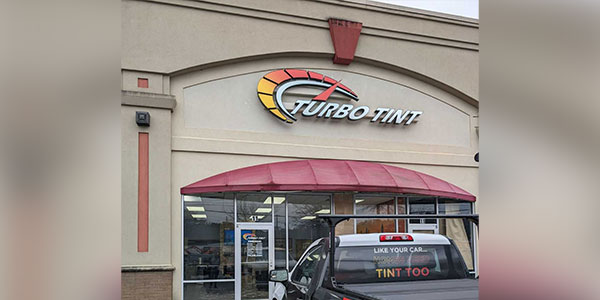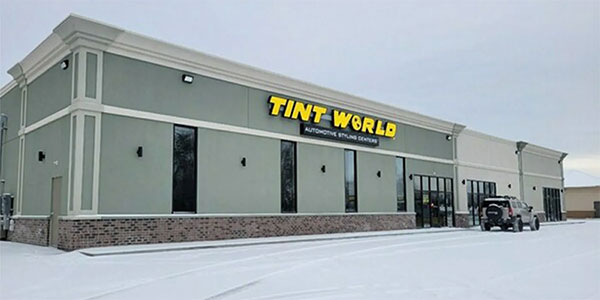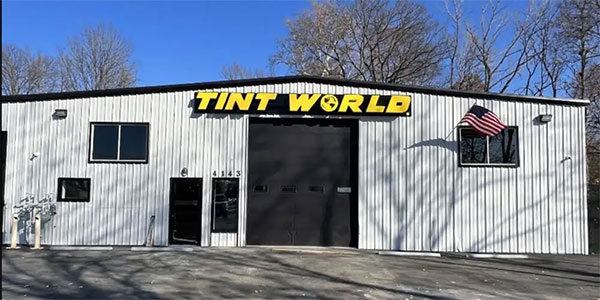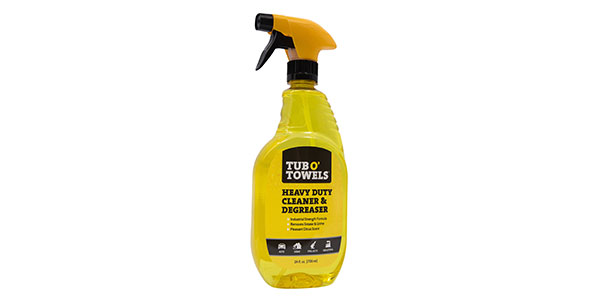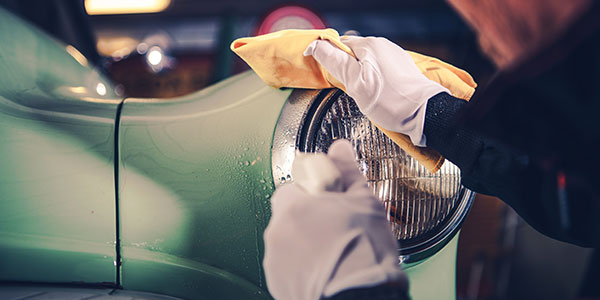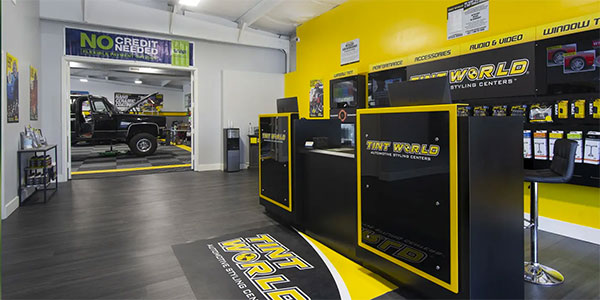Like carwash owners, many vehicle owners also love a sunny day. Especially in the northern U.S., during these cold, bitter winter days, a warm, sunny day is a welcomed sight and feeling. “Time to get the car washed and enjoy the day,” many proclaim on these rare, warm winter days.
No time to read this article? Listen to it instead!
Shortly after, clouds start to gather. Upon further inspection after getting his car washed, one fair-weather fan notices micro scratches and swirl marks on his luxury car’s hood area, putting your carwash or detailing operation in the crosshairs for blame.
Unlike an on-site accident or theft, for example, surveillance cameras will most likely not be able to prove before-and-after conditions for this swirly situation. Without much proof and wanting to resolve the issue and keep business moving forward, this situation likely leaves the carwash operator with two choices: Take no blame and lose the customer or educate the customer and fix the issues.
Educate the customer
In order to fix the issue, it’s important for you and your customer to know exactly what micro scratches and swirl marks are as well as how they occur. Newer cars are especially prone to these common surface abrasions. Therefore, unless there are major changes in how many of the industry’s top auto manufacturers apply vehicle paint, these issues will only increase in frequency moving forward.
Richard Reina, product training director at CARiD.com, identifies the most common causes of micro scratches and swirl marks. These reasons include:
- Failing to rinse off loose dirt before washing
- Using a washcloth or sponge that is too abrasive
- Using a harsh detergent or soap not designed for automobile finishes
- Not washing with the “two-bucket” method (explained later in this article)
- “Dry dusting” a dirty car
- Waxing before properly cleaning or prepping a surface with a clay bar or polishing compound.
In addition to rinsing off loose dirt from the car, carwash operators and detailing professionals must also take meticulous care of their equipment and wash materials. Even one miniscule piece of grit or sand on a brush or towel can create a minor surface abrasion on the vehicle.
And, once a customer’s vehicle has swirl marks or micro scratches, experts recommend timely correction, since further surface damage can occur.
“Left untouched, micro scratches and swirls will not get better by themselves,” Reina says. “Over time, the paint will get more and more dull. If not addressed, the clear-coat may fail and the car will need to be repainted,” warns Reina, who adds that this also can have a major negative impact on resale value.
Let’s not scratch the surface
While you have educated your sun-soaked wintertime customer about what causes micro scratches and swirl marks, you have yet to shed light on what they actually are. Let’s heat up that information now.
What’s in the forecast for defining these abrasions? A lesson in clear-coat.
Related: Comprehensive detailing tips
Used on most vehicle models and makes since the 1990s, clear-coat is the top layer of modern factory vehicle paint applications. Mainstream auto manufacturers apply paint in two stages: base color coat and top clear-coat. A clear-coat layer provides several benefits to the vehicle’s painted surface. For instance, it protects the base paint from chips and other damage, such as from UV rays, and it also creates a deeper shine.
However, this protective layer is not impervious to scratches and damage itself.
“Swirl marks are more likely to appear on ‘clear-coat’ paints,” confirms Reina. “Dark colors tend to show swirls more than light colors and horizontal surfaces are more prone, as more dust and dirt settle on them.”
Winning the day with treatment options
While this information helps educate the customer on what micro scratches and swirl marks are and how to avoid them, it has yet to solve the current surface issues, which are glistening in the sun for all to see. These abrasions can be frustrating for customers to deal with, especially on newer luxury cars. And, as mentioned, not only is this marring visually unappealing, but it can also cause more issues if left untreated.
According to Reina, there are several treatment steps to take when correcting and fixing these common clear-coat issues. These detailing practices include the following.
“Swirl marks and scratches are removed by polishing away a very thin top layer of the clear-coat,” he explains. “Hand-polishing does not create enough pressure and heat to penetrate the top layer. A dual-action buffing machine must be used with a ‘swirl removal’ compound.”
However, continues Reina, thorough and careful attention and application must be used, since too much heat or pressure will damage the clear-coat or base coat and require a repaint.
While treatment after the fact is possible, avoidance of these issues altogether is preferred. If your customer is a habitual driveway washer and detailer, dirty equipment combined with improper chemicals and application are likely the cause.
For the educated vehicle owners who visit professional carwashes only, what techniques and precautions can carwashing and detailing professionals take to avoid causing micro scratches on customers’ vehicles?
“Always start by rinsing the vehicle to remove as much surface dirt as possible, and always use a detergent specifically made for vehicle paint,” advises Reina. “And, always use clean cloths to wash and dry the vehicle.”
For detailing professionals, including mobile detailers, Reina recommends the “two-bucket” wash method. In the first bucket is detergent/water mix for washing. The second bucket contains just plain water for rinsing.
“Rinse the washcloth in the second bucket before putting it back into the first bucket for more soap. This prevents dirt from being introduced into the first bucket,” says Reina. For hand-washing, he advocates using back-and-forth strokes rather than circular strokes.
Carwashes and detailing professionals can also provide protective clear-coat treatments, such as wax, as an upsell service. Regular wax treatments can also help to protect against micro scratches and swirl marks.
While your wash or detail service probably didn’t cause the issue, you have the proper tools and solutions to fix them. When a customer comes to you about these complaints, do not shun him or her by accepting no blame. See it as an opportunity to educate the customer and then gain that person’s loyalty through effective treatment solutions and advice. Then, the customer can seize the day before the next cold front moves in.
Be sure to check out the follow up interview to this article below.

